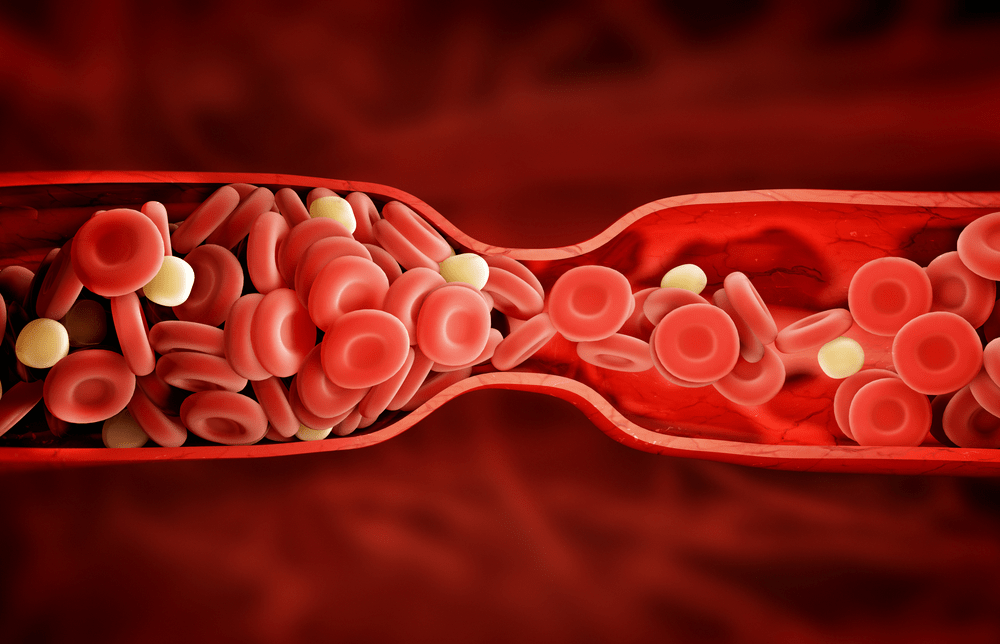It’s perfectly fine for your body to form blood clots at the site of a cut or wound to prevent unnecessary bleeding and also facilitate the healing process. However, it’s an entirely different story if a blood clot forms in your blood vessels — it can disrupt the flow of blood to some of the organs, which can cause a heart attack, stroke or pulmonary embolism.
Some people are simply more prone to having blood clots than the rest. They include those with high blood pressure and elevated cholesterol levels, as well as those who are obese, leading sedentary lifestyles and cigarette smokers. Some people may inherit certain blood disorders that can increase their chance of forming a blood clot.
According to health authorities, there are certain things that you may do in order to have your risk of having a blood clot considerably reduced, and some of them are the following:
Staying Away From Smoking
Everyone knows that cigarette smoking is a risk factor for deadly lung cancer. Not a lot of people are aware of the fact that it’s also something that can increase one’s risk of having a blood clot, and that is why it is a habit that’s bad for the heart and the rest of the cardiovascular system.
Opting for a Healthy Diet
Heart specialists highly recommend a diet that’s high in fruits and vegetables as they help in fending off high blood pressure and increased bad levels of cholesterol, both of which can cause a blood clot to show up. It’s also important to considerably reduce one’s intake of foods that are high in sodium, saturated fat and cholesterol. According to scientific investigations, the consumption of foods rich in omega-3 fatty acids such as oily fish, nuts and seeds is also a wonderful idea.
Reducing Sugar Intake
Aside from sodium, saturated fat and bad cholesterol, it’s also important for you to considerably limit your intake of anything that’s loaded with sugar. Having elevated sugar levels can cause the blood to thicken, and this is something that can increase your likelihood of winding up with a blood clot — not to mention it can put you at risk of having type 2 diabetes.
Maintaining an Ideal Weight
Being obese or overweight is a problem that’s more than just cosmetic. Experts confirm that it’s also something that can cause many health-related problems. One of those is cardiovascular disease that can pave the way for a blood clot formation. Experts say that having lots of belly fat most especially can dramatically increase blood clot formation risk.
Leading a Physically Active Lifestyle
One of the best ways to fend off obesity or being overweight is by being an active person. Definitely, exercising on most days of the week for at least 20 minutes each time can help strengthen the heart and also keep at bay various risk factors for a blood clot such as high blood pressure and elevated cholesterol levels.
Drinking Ginger Tea
It’s no secret that ginger tea is an excellent home remedy for all sorts of digestive issues such as nausea, vomiting and indigestion. Did you know that it’s also something that can help keep a blood clot from forming? Such can be attributed to the fact that ginger tea has superb anti-inflammatory properties — inflammation can put the cardiovascular system in danger. Aside from ginger tea, you may also give turmeric tea a try as it also boasts of superb anti-inflammatory properties.
Taking Garlic Cloves Daily
Both traditional healers and heart specialists agree that garlic is capable of keeping the blood thin. This is the reason why the very common culinary and medicinal herb should be consumed daily — swallowing 1 to 2 cloves of garlic a day is often the recommendation. It’s also possible to supplement with garlic oil on an everyday basis. However, those who are already taking blood-thinning medications should stay away from garlic in order to prevent excessive bleeding.
